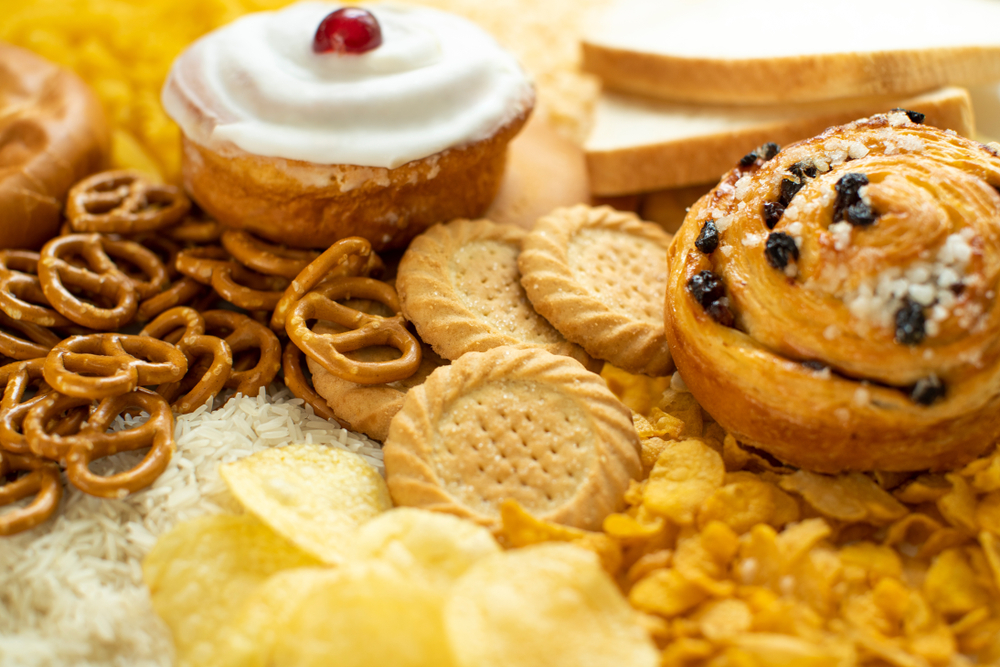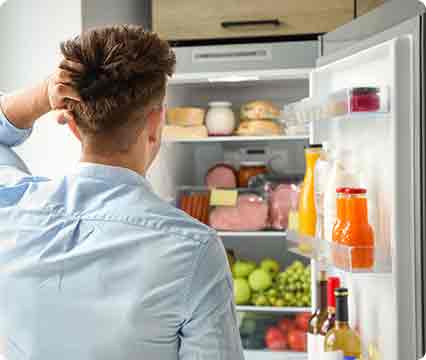Food-level predictors of self-reported liking and hedonic overeating: Putting ultra-processed foods in context
This study examines the relationship between the intrinsic properties of foods and individual factors influencing food reward, particularly in terms of palatability and overeating behaviors. Conducted across three studies with a total of 3,364 participants (1,176 men and 2,188 women) from the UK, the research analyzed ratings for 436 ready-to-eat food and beverage products. The primary outcomes measured were self-reported food liking and hedonic overeating, while predictors included nutritional composition, ultra-processed food (UPF) status, and carbohydrate-to-fat ratio (CFR). Correlation and regression analyses revealed that nutritional characteristics account for approximately 20% of the variance in food liking and 40-60% in hedonic overeating. Furthermore, self-reported food-level attributes contributed an additional 6-33% variance in liking and 17-38% in overeating. Notably, UPFs provided an additional 0-7% variance, while CFR did not significantly enhance the models. The findings underscore the importance of both nutritional characteristics and individual beliefs in understanding food reward and suggest minimal additive effects from CFR and UPFs. [NPID: ultra-processed, carbohydrate-to-fat, food-level attributes, hedonic eating].
Year: 2025
 Navigation
Navigation








